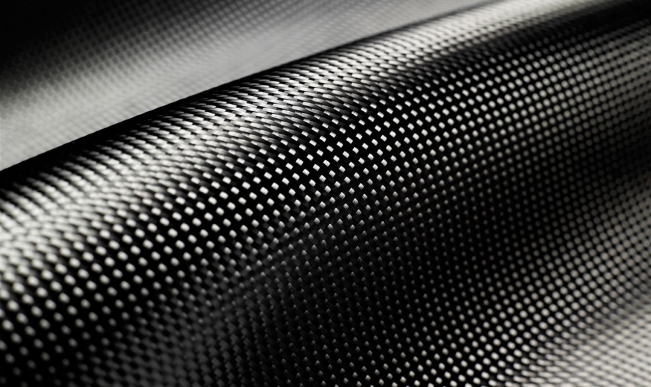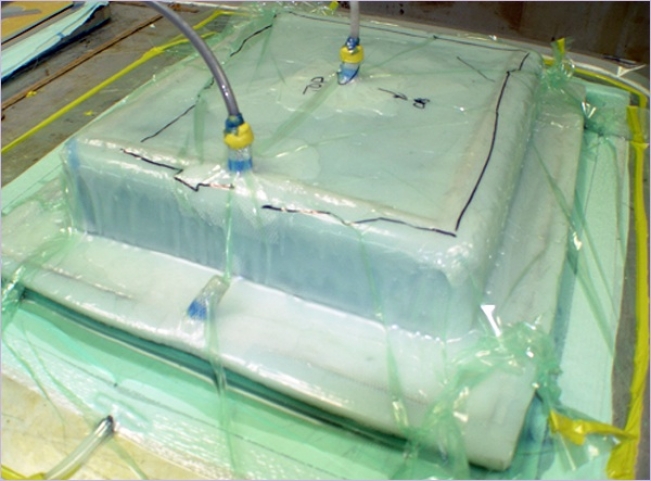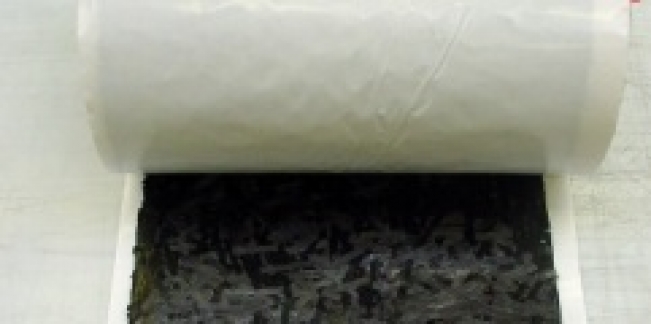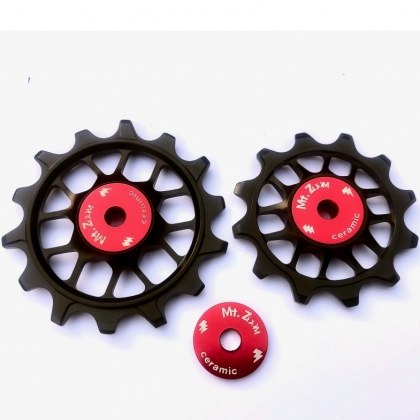General News

Carbon Fibre a mountain bike perspective resin
Share on Facebook Share on TwitterPublished: 12th April, 2012
It's all in the resin!!
Welcome to the third article of "carbon fibre, a mountain bike perspective", brought to you by CFRbikes.com specialists in carbon frame repairs.
Article three is all about the resin, and while not having nearly as much headline time as "carbon" when we think about composite bikes, it is really just as important as the fine black filaments themselves. After all, the resin makes up at times half the weight of the finished composite, so why the carbon fibre gets all the glory could seem a little unfair!

Not what you first think about when you think of carbon fibre composites, but the resin makes up at times half the weight of the finished composite!

Above, Cool Carbon, Cannondale style.
So what is this resin, where does it come from, and how is it used?
As covered in passed articles the whole point of the resin is merely to make sure the layers of carbon filaments are held together, and cannot move relative to each other when made into a laminate.
Although rather simplistic this is the primary purpose of the resin, and could lead you to believe that any setting resin could be used.
However, as we all know bikes are exposed to a variety of conditions, water, solvents, oils, shock, vibrations, sub zero temperatures as well as temperatures exceeding 50°c. As the list goes on it soon becomes clear that the resin required needs to be pretty specialised, and it is after looking at all these sorts of requirements that Epoxy Resin or polyepoxide, proves itself to be best suited to the application of carbon fibre composites for bikes.
What is Epoxy?
Epoxy resin takes many forms, but in its most common state it is a very sticky liquid with a relatively high viscosity. Think the chemical equivalent of golden syrup! In addition to this is gives off some pretty powerful fumes, and is in my experience, possibly the absolute worst thing to spill on the back seat of your car!
Other than that, epoxy is what is known as a thermo setting polymer. This means that once set, the chemical reaction is irreversible (Thermo setting) and that it is made up molecules containing a series of repeating structural units joined together by a series of chemical covalent bonds (polymer).
The thermosetting polymer is formed when the epoxide is mixed with a polymine, or as more commonly known "resin" and "hardener".
Most of us have used epoxy at some stage or another in the form of "Araldite" or car body fillers. Although applications and consistencies differ hugely, all these products have the common requirement that they require two chemicals to be mixed prior to use before they will set.
Where does it come from?
As you may expect Epoxy resin is not something that occurs naturally, it is a complicated blend of chemicals and was not really available until about 1936 when Dr. Pierre Castan of Switzerland and Dr. S.O. Greenlee of the United States were credited with the first synthesis of epoxy resins.
Today there are only about three main producers of epoxy resins, including Ciba Ltd of Switzerland, Shell Chemicals of the USA and Resolution Polymers.
How is it used?
When it comes to laminating, epoxy resin can be used in a few ways. As we know from the past articles the goal of the laminator is to use as little resin as possible, while still covering as much of every single fibre as possible.
The first method, known as wet lay-up, is the simplest and most widespread in low volume, low tech applications. This simply involves applying resin which has been mixed with hardener in the correct proportions onto the carbon fabric, and then laying layers of fabric on top of each other in a mould while pressure is applied via a vacuum bag or bladder (see article 2) until the resin has cured.
The next method is known as RTM, or resin transfer moulding. This involves laying the carbon fabric layers in the mould dry, before forcing resin into the fibres under great pressure.

Here we see RTM being used to make a simple component. The two tubes are supplying resin into the fibres which are being compressed by means of a vacuum bag (see article two for details).
Finally, the last method is using a carbon fabric that has already been pre impregnated with resin under very controlled conditions.
This is known as "pre preg" and simply involves the carbon fabrics to be laid in the mould and compressed while the resin cures.
However the down side of pre pregs is that as the carbon fabric is supplied to the laminator already impregnated with resin and hardener. This gives pre preg fabrics a shelf life, and often leads them to being kept in refrigerated conditions to stop the roll of fabric becoming itself, a very expansive composite tube!

A roll of pre preg carbon fibre, note the protective backing to prevent the carbon from sticking to itself.
Curing.
When a resin is mixed with its hardener, there begins a complex chemical process where the resin begins to harden, or cure.
When it comes to curing, the curing time of a resin can be adjusted by:
The amount of hardener added to the resin, its composition, and the temperature in which the finished laminate is left to cure in.
However, it is vital that the laminator judges the curing time correctly. Too fast and the resin will begin to go hard before the laminate is finished, too slow and the rate of production is needlessly slow.
In addition to this the temperature at which the laminate is cured at can also have a huge effect not only on curing times, but on the final strength of the laminate and its resistance to high temperature once cured.
In summary, carbon composites would be nothing without this amazing substance, and although it is very much under appreciated by the end user, it is none the less a big part of what makes carbon composites so good.
Next week in "Carbon fibre, a mountain bike perspective"
It's not all about layers!!
We take a look at alternative applications of carbon fibre, and what the future hold for this wonder technology.
Brought to you by CFRbikes.com specialists in carbon frame repair. Or find us on Face Book.
Contact Us | Advertise | Use Our Online Entry System
All content © XC Racer.com | Website Designed and Developed by DesignUNLTD
